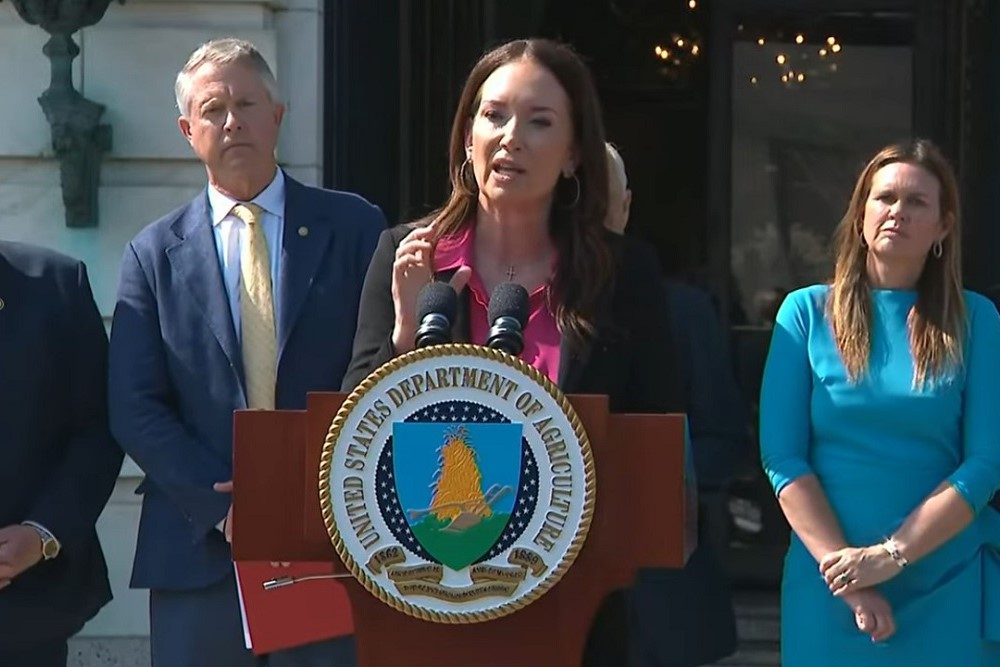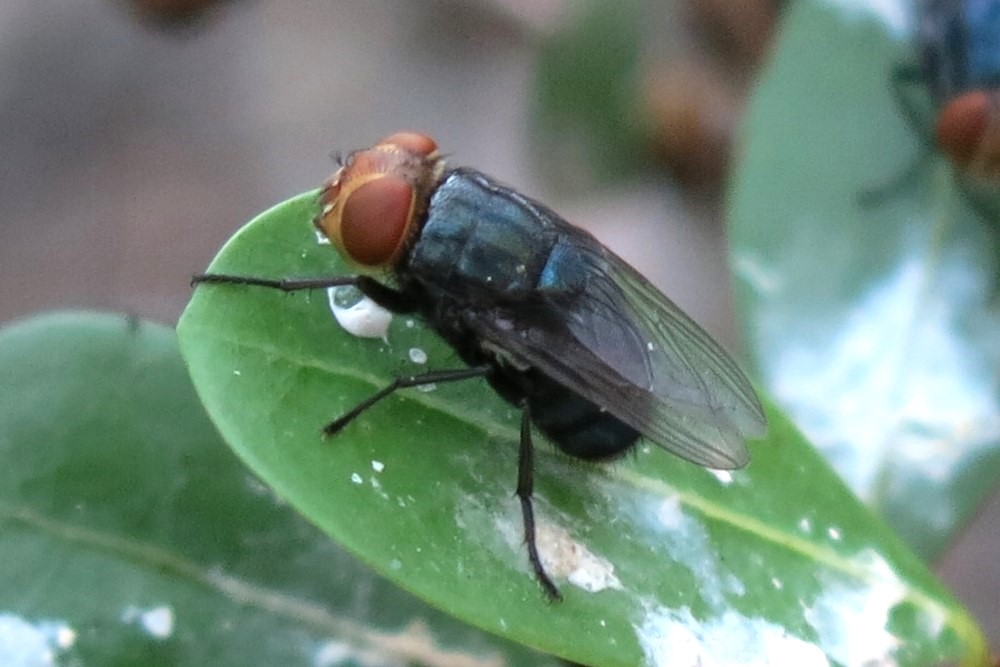USDA’s $750 Million Plan to Keep New World Screwworm Out of the US

$750 million dollars is how much USDA is spending to keep the New World Screwworm (NWS) out of the U.S.
“We are going even further and taking the most sweeping actions in our country’s history to stop this pest in its tracks,” says U.S. Agriculture Secretary Brooke Rollins, who recently rolled out a plan to keep the New World Screwworm from coming into the U.S. and harming cattle.
“USDA will invest and build a domestic sterile fly production facility in Edinburgh, Texas, which is situated about 20 miles from the southern border, and compliments the dispersal facility we have already begun production on with a capacity to produce 300 million sterile Screwworm flies per week,” according to Rollins. “This facility will triple our current output and eliminate our soul reliance on Panama and Mexico for the sterile fly supply.”
She says USDA plans to spend an additional $100 million to identify new technologies and strategies for getting rid of the pest.
“I’m calling on the brightest minds in the country to build on our existing tools and help us outpace this pest quickly and in the most Innovative way possible,” she says.
Rollins adds that USDA is hiring new employees called “Tick Riders” for surveillance of the pest.
“The ‘Tick Riders’ are mounted on horseback and will provide the first line of defense against a New World Screwworm or an outbreak along the U.S.-Mexico border,” says Rollins. “We’re also training our beagles of the ‘Beagle Brigade’ to detect Screwworm infections, and we’ll be significantly ramping up our border surveillance program.”
The U.S. typically imports over one million Mexican cattle every year. However, Rollins says that the border with Mexico will remain closed to cattle imports.
The New World Screwworm is a fly that has a gory way of harming cattle. The female flies lay their eggs in open wounds or body orifices and when the larvae hatch, they burrow deep into the skin like a screw driving into wood. These maggots feed on cattle’s tissue, causing much larger and painful wounds as they go.
In addition to cattle, the pest can also harm horses, bison, and dogs.
USDA previously and successfully led the eradication of NWS in the U.S. and Mexico nearly 60 years ago. However, the agency says detections in Mexico show that this dangerous pest is back and remains a serious threat to the health of our animals, our food supply, and the security of our country.
CLICK BELOW for Hoosier Ag Today’s radio news report:

